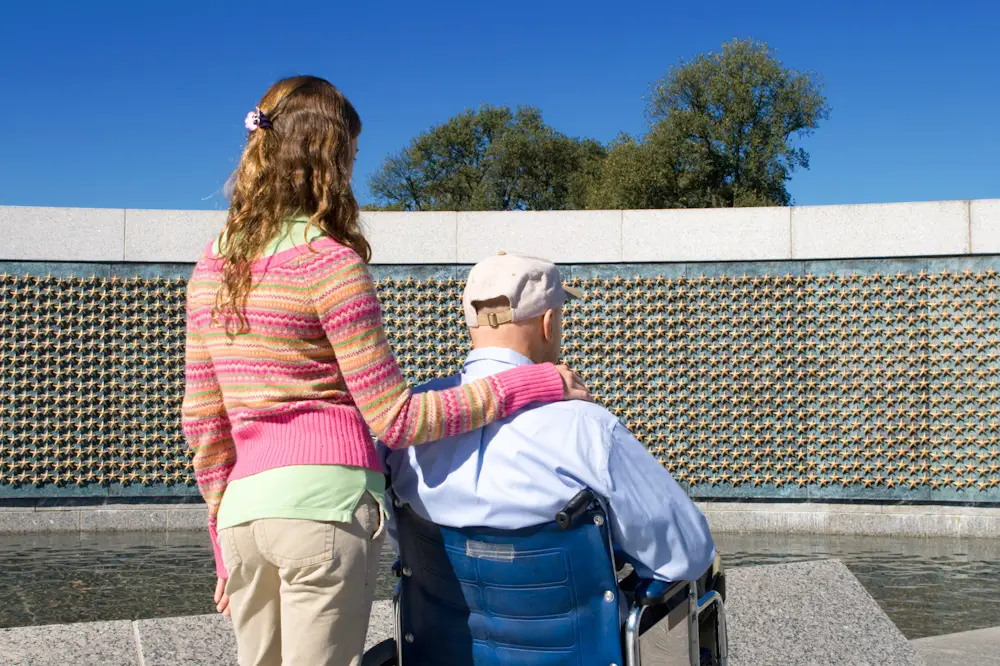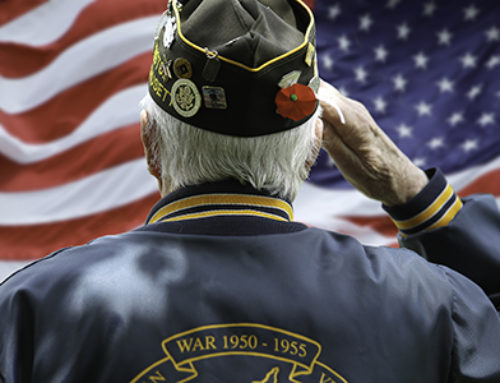I. Introduction
Veterans Affairs (VA) assisted living, an integral part of the VA health care system, represents the government’s unwavering commitment to its veterans. It affords distinguished service members the quality, comprehensive support they need post-service. This support system of veterans benefits is integral, not only for the welfare of veterans but also for their dependents, survivors, and the community at large.
This article aims to provide a detailed overview of VA assisted living, from understanding the VA benefits and services offered to determining who qualifies. We also shed light on the benefits of such services, the costs, funding options, and everything you need to know when choosing a facility to help veterans navigate this aspect of their post-service life with greater ease.
II. Understanding VA Assisted Living
VA assisted living facilities are residential long term care options specially designed to support veterans who need assistance with day-to-day activities due to physical or mental impairments. These senior living veterans home facilities operate under the principles of respect for residents’ individuality, freedom of choice, and independence.
VA assisted living services span wide and include provisions to meet the veterans’ health care needs, assistance with routine activities such as dressing, bathing, and dining, as well as recreational activities designed to maintain mental health and physical fitness. They also often include other health care services like memory care, respite care, and skilled nursing care. It’s the collaboration of these specialized services that ensures the VA nursing home can be a good living environment attuned to veterans’ unique needs.
III. Eligibility Criteria for VA Assisted Living
Not all veterans automatically qualify for VA assisted living. Eligibility primarily hinges on the veteran’s health conditions, with emphasis on those that hinder daily living, and the need for regular, extended care that VA aid can provide.
Applicants usually have to provide documentation to back their medical conditions and disabilities and present a need for the specific services of an assisted living facility, like skilled nursing care. It’s a good idea to consult with Veterans Affairs officers and social workers who can better guide veterans through these criteria, taking into consideration the veteran’s unique situation and personal needs.
IV. Benefits of VA Assisted Living
VA assisted living seeks to enrich the lives of our heroes on several levels. These veterans benefits extend to physical, mental, and social aspects.
Physical care extends beyond basic healthcare to include well-structured physical activity programs, proper nutrition, and help with daily living activities. Mental health care veterans can access includes counseling, group therapy, and memory care services. Socially, engagement activities designed for community involvement and interaction foster socializing and camaraderie among veterans. These tangible and holistic care VA benefits are integral to ensuring a better quality of life for veterans in a long term care veterans home.
V. Choosing a VA Assisted Living Facility
When it comes to selecting a VA assisted living facility, several factors must be considered. These include the location of the facility, the range of services offered, staff to resident ratio, and veterans’ reviews of the facility.
Conducting an onsite visit is one of the best ways to gather information. This allows you to observe the facility’s cleanliness, resident-staff interaction, and overall environment. Don’t hesitate to ask questions. The right VA community living center should feel comfortable and welcoming and should meet your personal care and health care needs.
VI. Costs and Funding for VA Assisted Living
The cost of VA assisted living is dependent on factors like the location of the facility, type of room, and level of care required. Some veterans might find these costs daunting. However, VA health care benefits can significantly alleviate these charges.
The VA offers various programs such as Aid and Attendance benefits and the Housebound allowance, which support veterans requiring senior living services. These programs provide monthly payments above a VA pension to help cover the cost of VA assisted living services.
VII. Real-life stories / Case Studies
VA nursing home facilities have turned around the lives of countless veterans. Numerous testimonials shed light on how these services have catered to veterans’ unique needs, improving their quality of life. These real-life stories and case studies substantiate the profound difference that these facilities can create in the lives of our heroes.
VIII. How to Apply for VA Assisted Living
Applying for VA assisted living involves several steps, and it’s advisable to seek assistance from Social Workers or VA officers to navigate this process smoothly.
You will need to fill out VA Form 1010EZ and submit any additional evidence and documents required. This form, available online and at local VA facilities, requires detailed personal, financial, and medical information. The VA might require additional documentation, such as medical records and military discharge papers, to assess eligibility.
IX. Conclusion
VA assisted living grants our country’s heroes the dignified, comprehensive support they deserve. Also, the continued commitment to improving these services resonates with the importance of ensuring our veterans’ well-being. It, thus, stands as an invaluable invitation to veterans and their families to explore what VA assisted living has to offer.
X. Additional Resources
There are various resources to help veterans and their families make decisions about VA assisted living. Websites such as the Official US Government Site for Veteran Affairs and the National Center for Assisted Living can provide additional information. Local VA offices can also assist in understanding needs and requirements better. Remember, you’ve served us, now it’s time for us to serve you.


